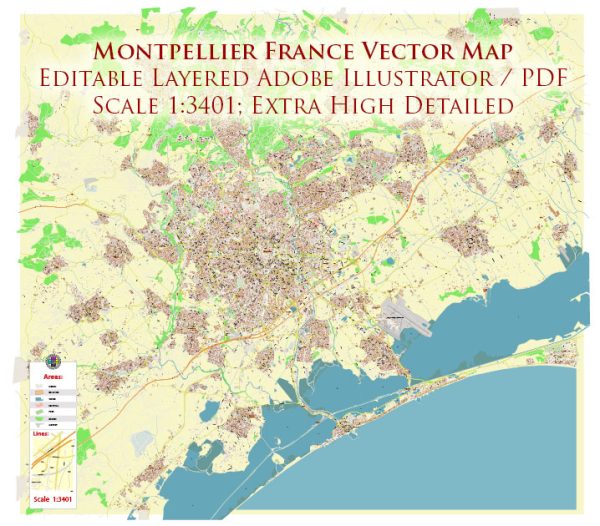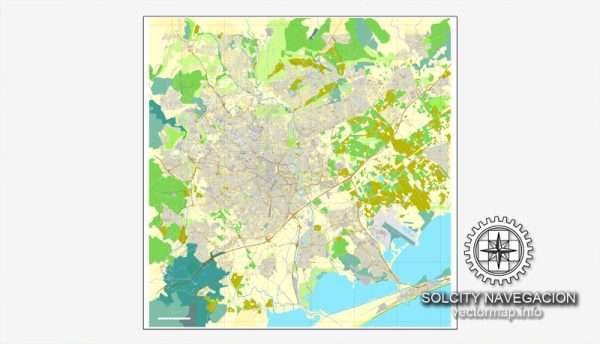Montpellier, a city located in the south of France, is known for its rich history and diverse architectural heritage. The city’s architecture reflects a blend of different styles and periods, creating a unique and visually appealing urban landscape. Here is a description of some of the key architectural features and styles you can find in Montpellier:
- Medieval Quarter: The historic center of Montpellier features narrow, winding streets and well-preserved medieval architecture. You can find charming half-timbered houses, narrow alleys, and quaint squares. The Place de la Canourgue, with its elegant townhouses and fountains, is a prime example of this medieval charm.
- Gothic Architecture: Montpellier boasts several notable Gothic-style buildings. The Saint-Pierre Cathedral is a fine example, known for its impressive façade and beautiful stained glass windows. The Église Sainte-Anne is another Gothic gem with its intricate stonework and intricate details.
- Haussmannian Architecture: Like many French cities, Montpellier features Haussmannian architecture in parts of the city, particularly in the newer sections. This style is characterized by grand boulevards, ornate facades, and uniform, multistory buildings with wrought-iron balconies. The Antigone district, designed by architect Ricardo Bofill, showcases a modern interpretation of Haussmannian architecture with its neoclassical buildings and spacious squares.
- Baroque Influence: The Peyrou Promenade is home to the Royal Square (Place Royale du Peyrou), which features a stunning water tower (Château d’Eau) and the Arc de Triomphe. These structures are fine examples of Baroque architecture and provide panoramic views of the city.
- Modern and Contemporary Architecture: Montpellier is not just about historical buildings; it also has a vibrant modern and contemporary architectural scene. The Corum, a convention center and opera house, is an iconic structure with its bold and futuristic design. La Grande-Motte, a coastal resort near Montpellier, is renowned for its avant-garde, pyramid-shaped buildings designed by architect Jean Balladur.
- Moorish Influence: The Château de Flaugergues, located on the outskirts of Montpellier, showcases Moorish influence in its design. The castle’s architecture features ornate details and gardens with exotic plants, creating a captivating blend of styles.
- Academical Architecture: The city is home to the University of Montpellier, one of the oldest universities in the world. The university’s historic buildings, such as the Medical School, exhibit a neoclassical style and have a significant role in the city’s architectural heritage.
Overall, Montpellier’s architecture is a testament to the city’s rich history and its evolution over the centuries. The blend of medieval, Gothic, Haussmannian, Baroque, and modern styles creates a dynamic and visually captivating urban environment, making Montpellier a delightful destination for architecture enthusiasts and tourists alike.



 Author: Kirill Shrayber, Ph.D.
Author: Kirill Shrayber, Ph.D.